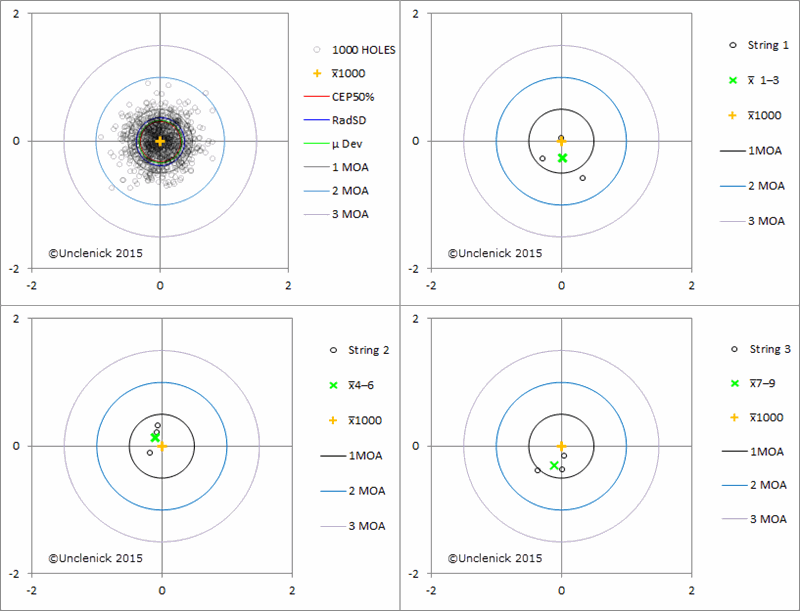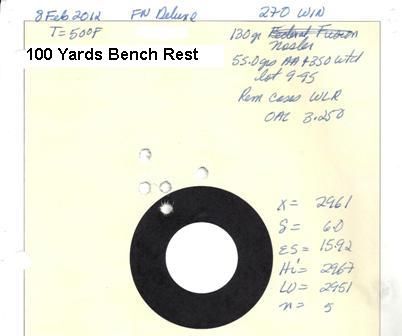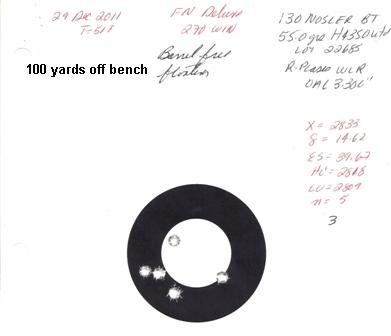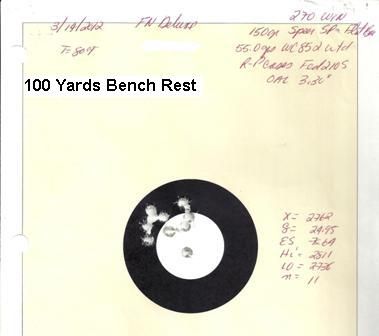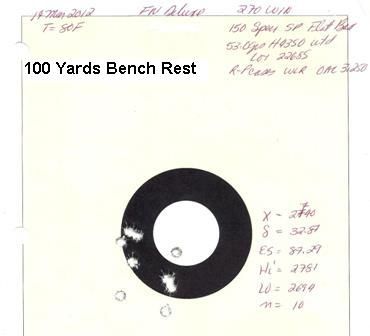Generally no, a tenth of a grain with 4064 isn't going to be that amazing. Doesn't mean it can't happen, just that it isn't normal.
Also I think you can bump up the charge a bit more too and see if that doesn't help the accuracy tighten up. 4064 is a very forgiving powder for 8x57 Hodgdon lists 45 gr compressed as max, and I've used that under 185gr Rem bullets with good accuracy.
What you want is a load that doesn't change significantly between .3 grains spread. Finding that one perfect load that needs to be held to a .1 spread means you are on the "ragged edge" of accuracy. So a rise or fall in temperature, or angle of the rifle as fired, and it can all go away.
Also I think you can bump up the charge a bit more too and see if that doesn't help the accuracy tighten up. 4064 is a very forgiving powder for 8x57 Hodgdon lists 45 gr compressed as max, and I've used that under 185gr Rem bullets with good accuracy.
What you want is a load that doesn't change significantly between .3 grains spread. Finding that one perfect load that needs to be held to a .1 spread means you are on the "ragged edge" of accuracy. So a rise or fall in temperature, or angle of the rifle as fired, and it can all go away.

